By Keith Richards
The groups are settled. The venues are selected. The dates are set. We’re in the final stretch, and it’s time to prepare for the 2025 FIFA Club World Cup! English club Manchester City will look to defend its crown as this iteration of the FIFA Club World Cup heads to the United States. However, the 21st edition of the FIFA Club World Cup is not without controversy.
However, before we get to the controversy, let’s discuss some football! This year’s FIFA Club World Cup starts on June 15th and ends on July 13th. It will be the first competition that includes the new expansion, which is 32 clubs from six confederations. It is, by far, the largest FIFA Club World Cup. Only two editions of the competition consisted of more than seven teams: The inaugural FIFA Club World Cup in 2000 (eight teams) and the second in 2001 (12 teams and was cancelled).
As you can guess, it would be challenging to host 32 clubs in two or three venues across various groups. With that in mind, the number of venues has expanded as well. Matches will take place across 11 cities in 12 different venues. Ten venues for the 2025 FIFA Club World Cup are on the East Coast so as not to conflict with the 2025 CONCACAF Gold Cup being played on the West Coast.
In addition, the eastern time zones are more friendly to broadcast teams and fans across the Atlantic Ocean. The lucky few venues are below:
- Rose Bowl – Pasadena, CA – Capacity: 88,500
- MetLife Stadium – East Rutherford, New Jersey – Capacity: 82,500
- Bank of America Stadium – Charlotte, North Carolina – Capacity: 75,000
- Mercedes-Benz Stadium – Atlanta, Georgia – Capacity: 75,000
- Lincoln Financial Field – Philadelphia, Pennsylvania – Capacity: 69,000
- Lumen Field – Seattle, Washington – Capacity: 69,000
- Hard Rock Stadium – Miami Gardens, Florida – Capacity: 65,000
- Camping World Stadium – Orlando, Florida – Capacity: 65,000
- Inter&Co Stadium – Orlando, Florida – Capacity: 25,000
- Geodis Park – Nashville, Tenneessee – Capacity: 30,000
- TQL Stadium – Cincinnati, Ohio – Capacity: 26,000
- Audi Field – Washington, D.C. – Capacity: 20,000
These twelve venues are some of the best the United States offers. Some MLS venues are likely better suited for this variety of football, but capacity had to be considered. After all, making boatloads of cash is one of the reasons why competitions like the FIFA Club World Cup take place. Wink, wink.
Now that my cheekiness is out of the way, let’s look at the groups. There are eight groups, A-H. The draw was held this past December in Miami. Each participating soccer federation was allotted a certain number of slots, which is broken down below:
- AFC (Asian Football Confederation) – Four slots
- CAF (Confederation of African Football) – Four slots
- CONCACAF (Confederation of North, Central America and Caribbean Association Football) – Four slots
- CONMEBOL (South American Football Confederation) – Six slots
- OFC (Oceania Football Confederation) – One slot
- UEFA (Union of European Football Associations) – 12 slots
Yes, UEFA gets 12 slots. While it may seem unfair to many, UEFA is the best of the six FIFA confederations. In addition, it is the largest of the six in terms of members. So, to me, the 12 slots are justified. It’s tough to have a Club World Cup without as many of the best clubs as possible.
They get more slots because there are so many quality clubs in the UEFA confederation. It’s simple. If you’re wondering where the last slot went, it went to the host nation, the United States. MLS elected to give that slot to Inter Miami instead of the MLS Champion, LA Galaxy. Remember, I said there was controversy? We’ll get back to that shortly.
The draw pots compiled by FIFA tried their best to maintain competitive balance. I won’t bore you with the particulars, but two separate pathways of four groups exist for the knockout stage. So, what teams landed in which groups? The groups are below:
- Group A – Palmeiras (Brazil), Porto (Portugal), Al Ahly (Egypt), Inter Miami (United States)
- Group B (Group of Death) – Paris Saint-Germain (France), Atlético Madrid (Spain), Botafogo (Brazil), Seattle Sounders (United States)
- Group C – Bayern Munich (Germany), Auckland City (New Zealand), Boca Juniors (Argentina), Benfica (Portugal)
- Group D – Flamengo (Brazil), Espérance de Tunis (Tunisia), Chelsea (England), TBD
- Group E – River Plate (Argentina), Urawa Red Diamonds (Japan), Monterrey (Mexico), Inter Milan (Italy)
- Group F – Fluminense (Brazil), Borussia Dortmund (Germany), Ulsan HD (South Korea), Mamelodi Sundowns (South Africa)
- Group G – Manchester City (England), Wydad AC (Morocco), Al Ain (United Arab Emirates), Juventus (Italy)
- Group H – Real Madrid (Spain), Al Hilal (Saudia Arabia), Pachuca (Mexico), Red Bull Salzburg (Austria)
So…about that controversy. As you can see, Group D has three teams and a TBD designation. León is the club that creates that designation. One of the tournament regulations of the FIFA Club World Cup is that clubs competing cannot own shares, be members of other clubs, or influence their performance. This created a conflict between Mexican clubs Pachuca and León, both owned by Grupo Pachuca.
So, while Pachuca and León qualify for the 2025 FIFA Club World Cup as winners of the 2024 and 2023 CONCACAF Champions League, respectively, only one can compete. In November of last year, the Costa Rican team Alajuelense requested that FIFA enforce its rule regarding multi-club ownership. Alajuelense was successful in getting León removed, but they would not take their place. Consequently, a one-game playoff will occur between LAFC (2023 CONCACAF Champions League runner-up) and Club América (the highest-ranked Mexican club not included in the competition).
Another significant controversy was the inclusion of Inter Miami in the competition. As with previous FIFA Club World Cup editions, the host nation gets one slot to give to a club. Traditionally, that slot goes to the champion of the host nation’s professional league, which in this case is the MLS. However, unlike most other leagues worldwide, MLS does not determine its champion by total season points.
The team that ends the season with the most points in MLS earns the MLS Supporters’ Shield. The MLS Cup Playoffs determine the league champion. MLS Commissioner Don Garber was mum about whether the Supporters’ Shield winner or the MLS Cup winner would be the one to represent the league in the CONCACAF Champions League. Midway through the MLS season, Garber was seemingly undecided.
However, in October of last year, there was a surprise announcement that Inter Miami would receive the host nation slot. While they did win the 2024 MLS Supporters’ Shield, the MLS Cup winner was still up in the air. Three weeks later, Inter Miami lost to Atlanta United in the first round of the MLS Cup playoffs. As a result, the LA Galaxy would go on to win the MLS Cup championship.
Is there an argument that Inter Miami deserves the host nation slot? Absolutely! However, would they get the slot if Miami did not have a certain player named Lionel Messi on their team? Probably not! Understandably, Don Garber wants the greatest player of all time to compete. Don failed because of a lack of transparency. He can’t please everyone, but all Garber had to do was say he wanted Messi to play.
We’re just under two months away from the start of the 2025 FIFA Club World Cup. In the coming weeks, Team NBS Media will break down each group and pick the two teams to advance from each group. Be sure to be on the lookout for that and other football news from Team NBS Media!


 NFL
NFL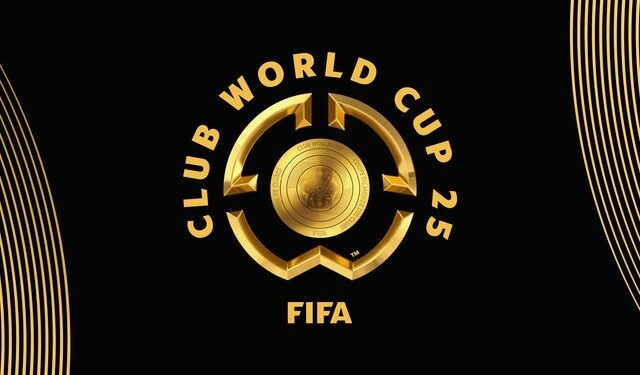

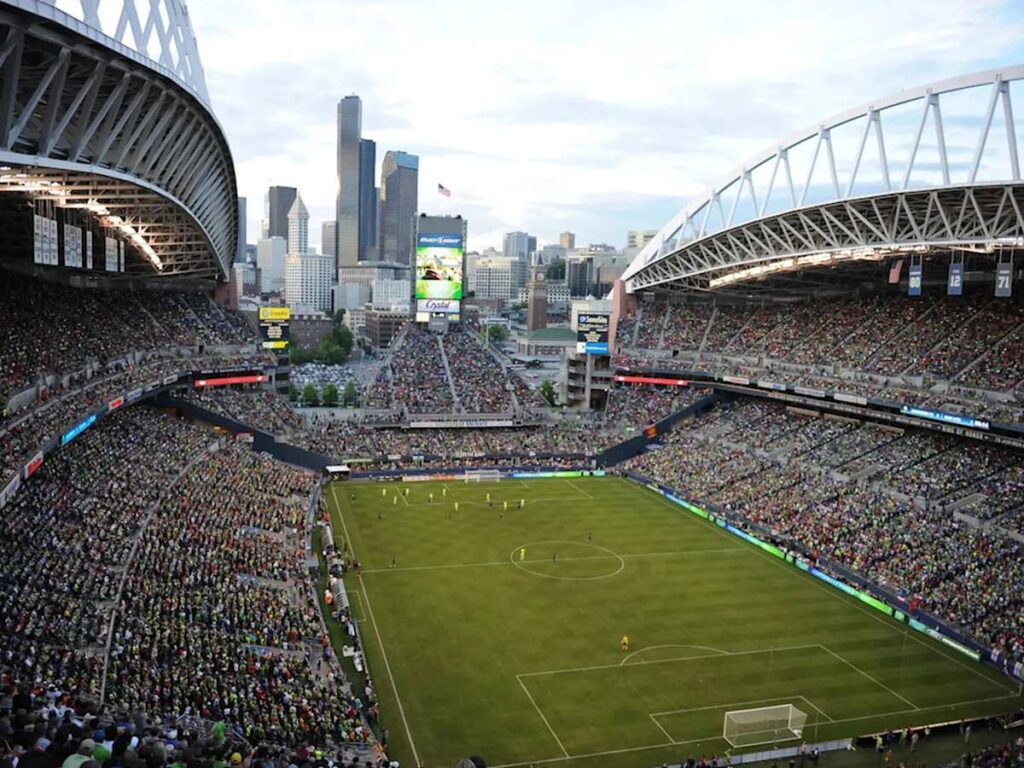
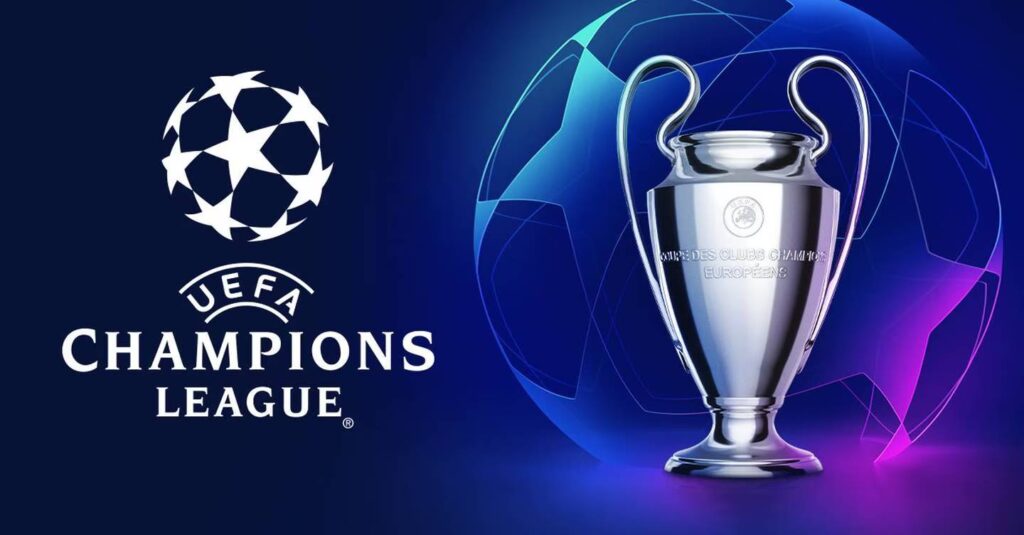
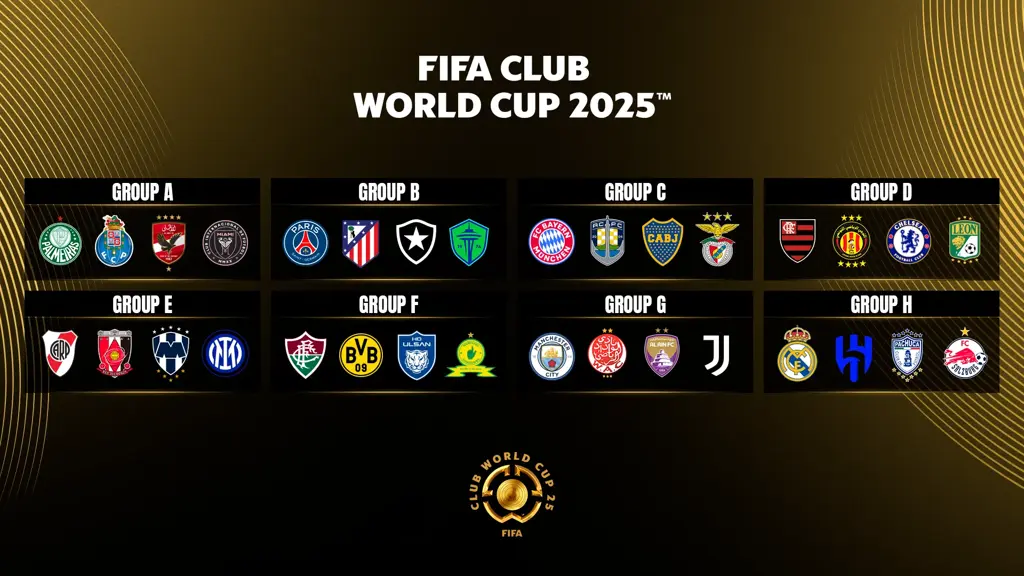

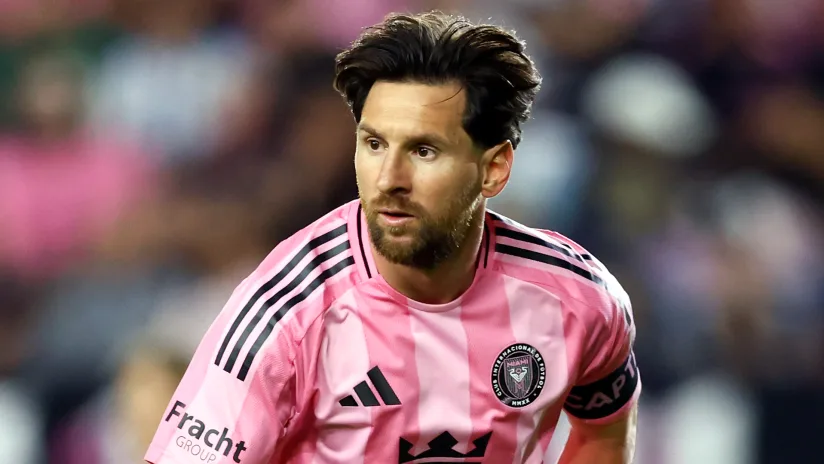
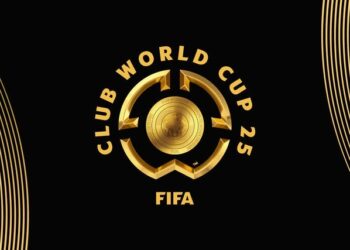
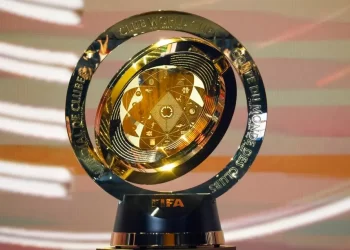



Comments 1